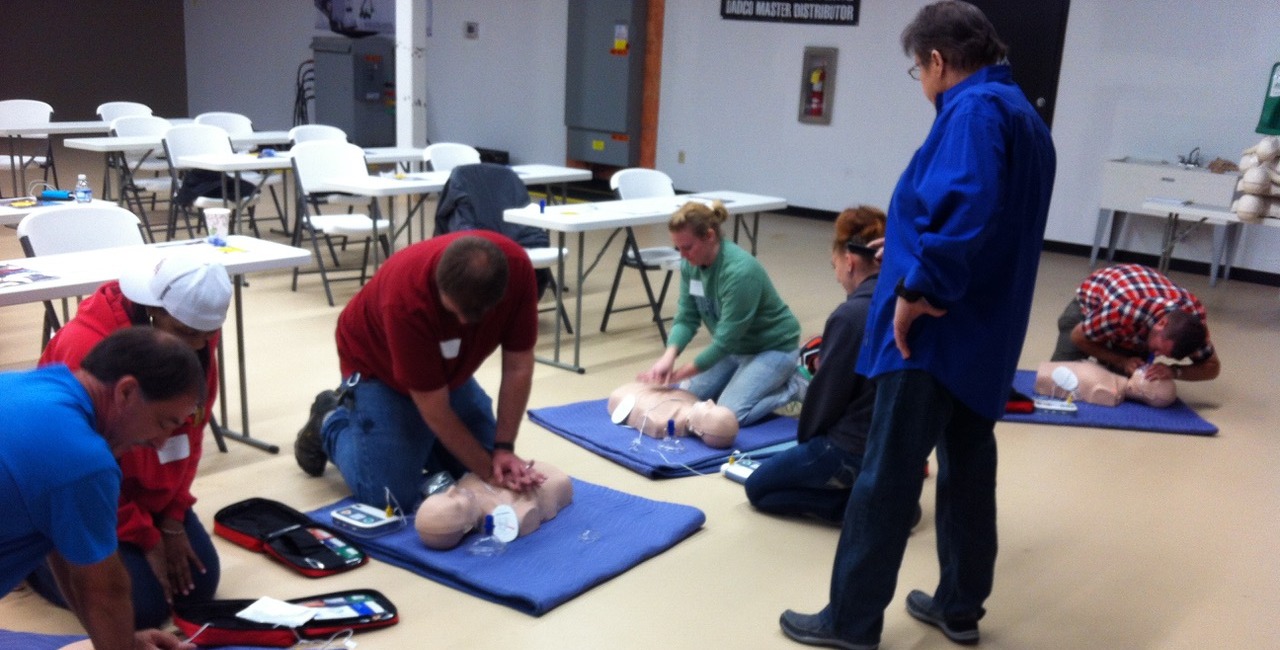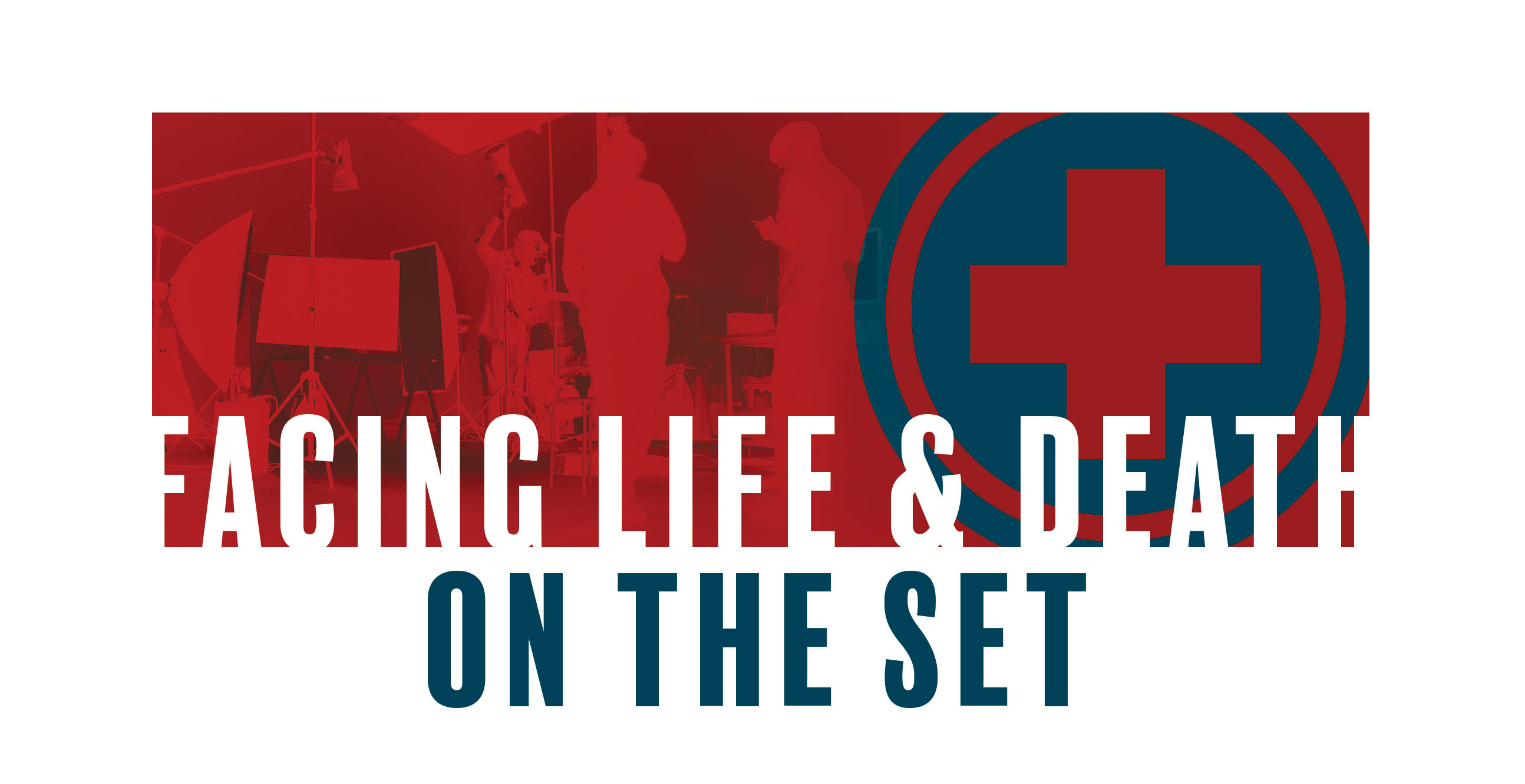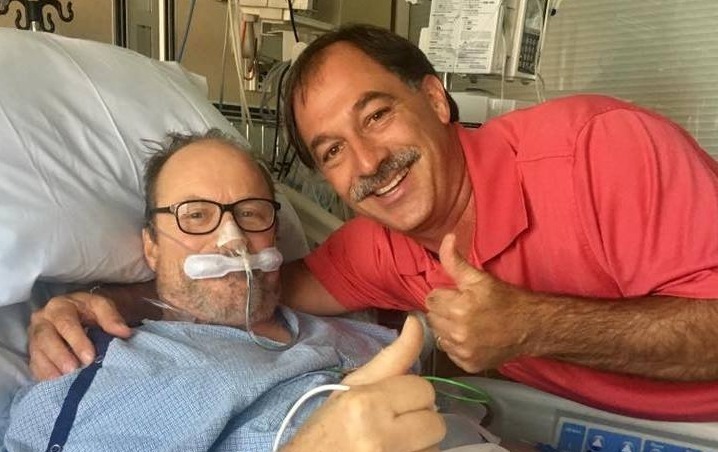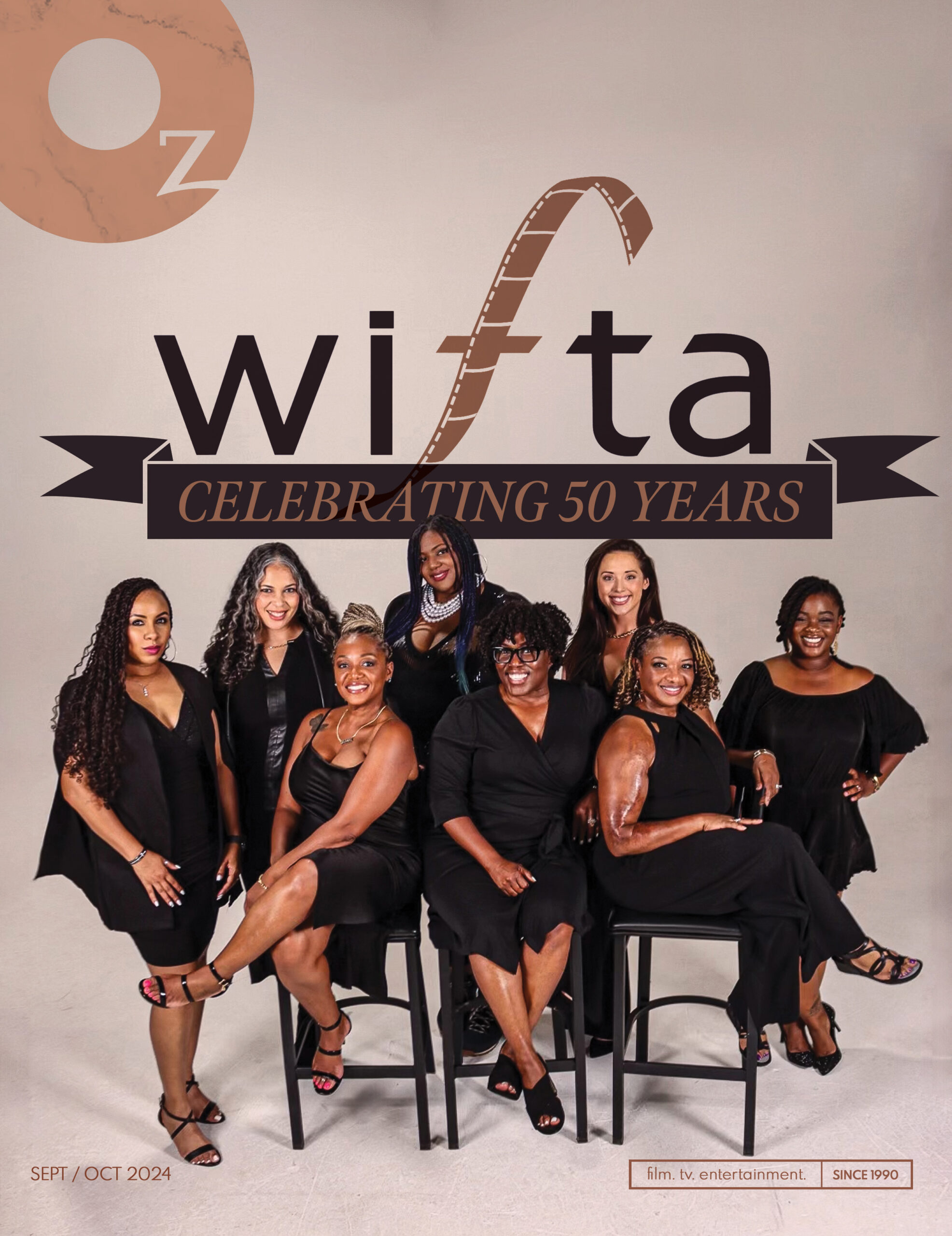

It was a typical late June afternoon in Riverchase, a bustling community in the Birmingham, Ala. suburb of Hoover. With temperatures climbing steadily toward the nineties, traces of future storm clouds began to dot the far horizon.
A group of trucks were parked just outside the Rooms To Go store on Chapel Lane and a steady stream of people had been ferrying equipment in and out of the building all morning long, the telltale indication of an active commercial shoot.
A number of the shooting crew from Atlanta had arrived in town the previous night and the key grip, Roger Sherer, was animatedly telling his friends about a local restaurant he’d found that featured great food and live music. A musician himself, Roger wanted to get a group together and return to the restaurant again after the day’s shoot. “We’re going to go there tonight!” he promised.
The day’s work was about half done as the crew returned to set following lunch, and gaffer Stan Fyfe was in mid-conversation with his director of photography about the next lighting setup when they were surprised by the sound of a loud “thud” nearby. Turning toward the noise, they realized that someone had fallen down.
Sets are often walking hazards due to cables and other equipment, and Stan assumed that the person had simply tripped and fallen into a lighting stand. But as he stepped over to see if he could lend assistance, he was shocked to discover that the fallen crewperson was none other than his friend, Roger.
Stan’s mind was scrambling to make sense of the situation when someone exclaimed, “Roger’s not breathing!”
Sudden cardiac arrest remains one of the leading causes of death in the United States, according to the American Heart Association. There were more than 350,000 out-of-hospital cardiac arrests in the United States last year, and nearly 90 percent of those cases proved fatal.
The number of people diagnosed with heart failure is increasing, and is projected to rise 46 percent by 2030. The result will be more than 8 million people with heart failure, according to the American Heart Association’s 2017 Heart Disease and Stroke Statistics Update.
“Acting quickly is the key to saving a life,” explains Ed Hotchkiss, assistant director of IATSE Local 479’s education program. “Those first few minutes are crucial.”

CHAIN OF SURVIVAL
Staring down at Roger’s still form, Stan announced, “I’m certified in CPR.” As an afterthought, he blurted, “Is anyone else here certified?” Receiving no replies, Stan dropped down and began performing chest compressions as he had been taught in Local 479’s Heartsaver CPR-AED course, calling out his compressions as he went. “One and two and three and four and five and…”
Production assistants began fanning out around the store on a frantic search for an automated defibrillator.
“For each minute that passes between collapse and defibrillation, your chance of survival drops by about 10 percent,” explains Kevin Amick, Local 479’s director of education, on his annual inspection of the automated external defibrillator (AED) units installed around Local 479’s headquarters. “AEDs actually talk you through the defibrillation process,” he says, activating a unit with the press of a button.
Within seconds, an electronic voice begins speaking loudly and clearly, instructing anyone within earshot to attach pads to the victim’s chest before plugging the wiring harness into the machine. With a severe look, Kevin points at the talking box. “These things save lives.”
The only problem is, AEDs are still not widely available in places where people congregate. And most people don’t know how important the devices are, much less how they work—another reason why it’s so important for people to get trained in performing CPR and operating an AED.
Not surprisingly, the search for an AED at the Rooms To Go had been unsuccessful.
Instead of giving up, however, the production assistants expanded their search to the Field & Stream store across the big parking lot from Rooms To Go. That search was equally unsuccessful. There just wasn’t an AED to be found. Now the situation relied on Stan’s endurance and the hope for a fast response by emergency personnel.
Back on set, time had slowed to a crawl as Stan continued performing CPR on Roger’s lifeless form, alternating between thumping out 30 chest compressions and breathing two puffs of air into Roger’s lungs.
A cell phone appeared mid-air in front of Stan, courtesy of Cindy Crawford’s stand-in, who had dialed 911 and switched to speaker mode. She held the phone near enough that the operator could communicate directly with Stan, offering him encouragement and suggestions on technique as he continued his routine.
“…26 and 27 and 28 and 29 and 30…” Stop. Pinch Roger’s nose shut. Breathe into his mouth. Watch to see that Roger’s chest rises. Repeat.
Return to compressions. “1 and 2 and 3 and 4 and 5 and…”

“You know that Stan wasn’t our first graduate to be faced with using his CPR training, right?” inquires set medic and class instructor, Ben Prine, during a recent CPR/AED class. “One of the stagehands from Local 927 was at the airport three days after getting her certification when a passenger dropped nearby. Talk about a pop quiz.”
Over the course of the five-hour class, Ben shared stories from his years working as an EMT, giving insight and context to the course material provided by the American Heart Association, courtesy of the IATSE Training Trust. He moved between students, adjusting the rhythm and depth of their compressions and helping them to understand the mechanics of clearing a person’s airway.
With repeated drills, trainees begin to internalize the protocol for the “chain of survival,” refining their techniques and settling into the mechanics of saving the lives of their training dummies.
As a trained paramedic with decades of experience, Ben is frank with his students about the slim odds of saving someone’s life. He wants to prepare them for the inevitable storm of emotions they may experience when their efforts are unsuccessful. But, he is careful to remind his students that there are wins.
It only took six minutes for the emergency response team to arrive on the set, but it felt like an eternity from the time that Stan had first heard the sirens until the paramedics arrived on the scene. The highly trained team of first responders represented the next link in the chain of survival that Stan had learned about in CPR class, and the protocol that they followed allowed them to move Roger to a better-equipped facility, which is the next link in the chain.
By the time Stan arrived at the immediate-care facility, he wasn’t sure where to find Roger, nor what to expect when he did. He needn’t have worried, though. Hoover Fire Department Emergency Medical Services officer, Rusty Lowe, spotted Stan as soon as he walked in, stepped closer and said, “You’re the one who did CPR, right? Hold on a second, the doctor wants to talk to you.”
A crushing wave of dread hit Stan as a doctor came over to introduce himself. But what he said was electrifying. “Stan, the only reason that Roger is alive is because of you.”
A NEW LEASE ON LIFE
A month after falling lifeless before his crewmates, Roger Sherer is home again with a new lease on life and an appreciation for how sweet this second chapter will be. His family and friends endured an intense period of uncertainty during the weeks following his cardiac arrest, and even now he will face months of rehab and a myriad of adjustments as he adapts to his new “normal.” But everyone who knows and loves Roger is overjoyed that they will have more time to spend with him.
Stan Fyfe has, unsurprisingly, found himself with a new lease on life as well. Saving a life can do that to a person.
As Stan describes the chain of events that unfolded that day in Hoover, it’s clear that he appreciates all the little things that had to go just right in order to save his friend’s life, including the early administration of CPR; the skilled training and equipment of the responding paramedics; the quick connection to the 911 operator; the teamwork his shooting crew demonstrated in directing the emergency workers to Roger’s side; the emergency stabilization by the medical staff at the immediate-care facility; the long-term recovery strategies employed at the hospital.
Stan especially a






